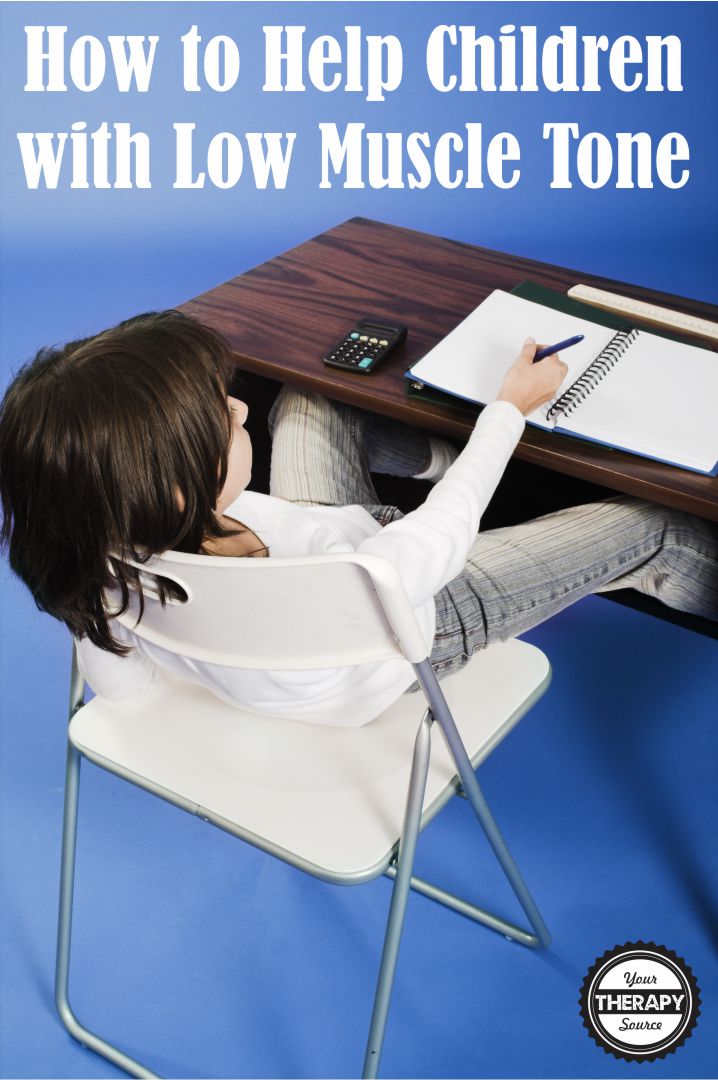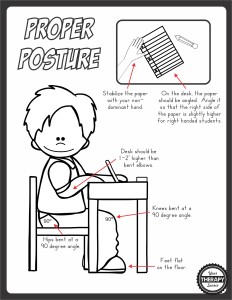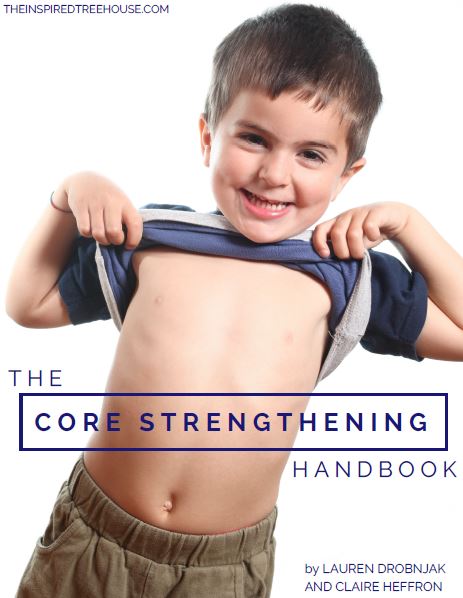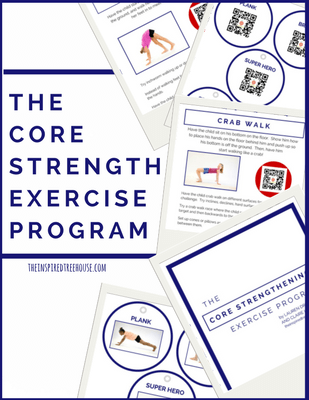How to Help Children with Low Muscle Tone
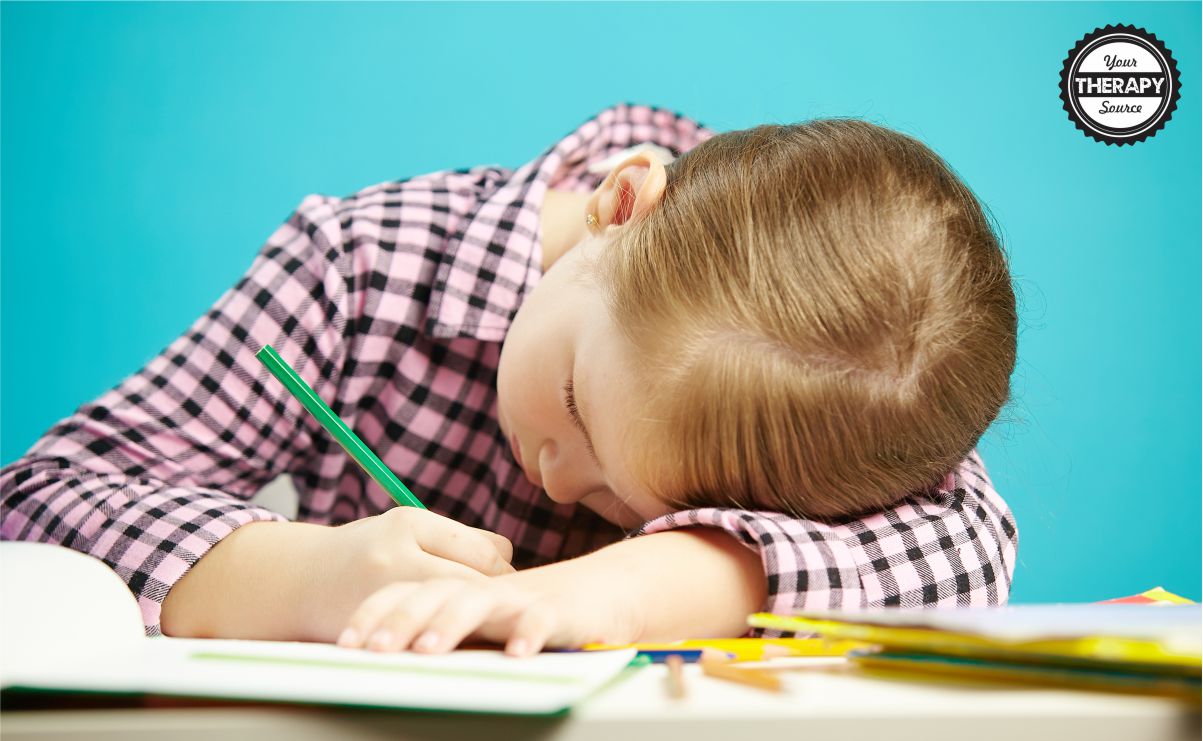
If you are a parent or teacher, you might wonder how to help children with low muscle tone. As pediatric therapists, we often work with children who have hypotonia or low muscle tone. Children who have low muscle tone may receive direct occupational or physical therapy services for a limited time per week or month. Therefore, it is crucial that parents and teachers understand how to help children with low muscle tone on a daily basis. Pediatric OTs and PTs are excellent resources to help children with low
What is Hypotonia?
Hypotonia is a decreased amount of tension or floppiness in a resting muscle. Hypotonia is also referred to as low muscle tone. Muscle tone and muscle strength are not the same things.
Why is it Important to Help Children with Low Muscle Tone?
The ability to create and sustain a muscle contraction is essential for motor skills, coordination skills
The degree of low muscle tone can vary significantly from one child to the next. In some children, though low muscle tone can result in delayed motor skill development, difficulties with speech or feeding, trouble toilet training and/or poor posture.
Hypotonia does not affect intelligence although sometimes low muscle tone can affect a child’s academic abilities. When a student needs to focus so much effort into performing motor skills this can influence academic grades.
How to help children with low muscle tone on a daily basis
First and foremost, be patient. Some children with low muscle tone may take a little longer to learn new motor skills compared to their peers. Encourage them to keep trying and recognize small accomplishments.
For extracurricular activities, try swimming, karate, gymnastics or other sports that build overall muscle strength. Focus on improving core muscle strength and hand strength as well. During leisure time, play fun games that incorporate physical activity such as practicing animal walks or obstacle courses.
Once a child learns a new skill, allow ample practice time with the new skill to fully master it.
How to Help Children with Low Muscle Tone at School
In school, a child with low muscle tone may have trouble maintaining an upright posture. During seat work, some children may need a supportive chair or seat cushion to help maintain proper posture. During floor
work, try having the child to lie on his/her stomach or sit in a chair so he/she can participate in the lesson without muscle fatigue.
For school activities that require a large amount of physical work such as written assignments or physical education lessons, teachers may need to modify the requirements. Some children may benefit from these suggestions:
try breaking down large assignments into smaller parts.
allow frequent breaks to allow the child to rest.
provide extra time to complete assignments.
during gym time, try modifying the rules or decreasing the size of the playing area.
Slumped Posture and Low Muscle Tone
If the student exhibits a slumped posture due to low muscle tone, you may need to modify the environment to help with decreased trunk muscles.
Make sure that the chair and desk height
a.) the feet should have a stable base of support
b.) hips, knees, and ankles should be bent at 90 degrees
c.) desk should be 1-2” higher than bent elbows
Perhaps try a slant board or small easel on the top of the desk. This will encourage a child to maintain a more upright posture.
Alternate seating (ie therapy ball or wedge cushion) can help to improve posture. If you observe the child maintaining a very slumped posture suggest that he/she changes positions, ie stand up or lay on stomach on the floor, to prevent bad habits from forming.
If you need more core strengthening activities for children check out:
The Core Strengthening Handbook: This download includes 50+ activities including:
- Quick and Easy Core Strengthening Activities for Kids
- Core Strengthening Exercises With Equipment
- Core Strengthening Play Ideas
The Core Strengthening Exercise Program: This digital download includes exercises to help make core strengthening fun and entertaining for kids while promoting carryover in the classroom and at home! FIND OUT MORE.
